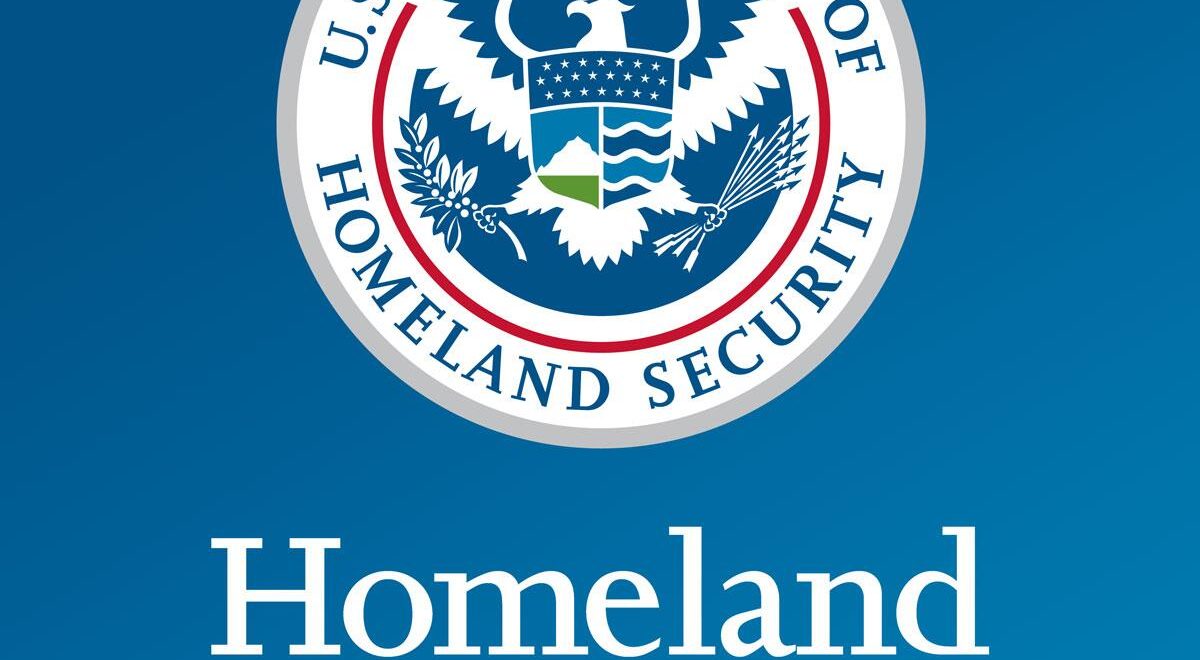Release Date: January 19, 2021
FOR IMMEDIATE RELEASE
S&T Public Affairs, 202-254-2385
WASHINGTON – As emergency communications technologies adapt to an increasingly interconnected nation, the Department of Homeland Security (DHS) Science and Technology Directorate (S&T) today announced it awarded more than $1.5 million to develop an Alerts, Warnings, and Notifications (AWN) Guidance Tool. The program planning app, which will be available through a portal at FEMA’s website, is expected to provide customized resources, best practices and program templates to address the most pressing challenges of alert originators, helping public safety agencies at the federal, state, local, tribal and territorial levels disseminate emergency and life-saving information.
“From the devastating wildfires on the West Coast to the very active Atlantic/Caribbean 2020 hurricane season to the ongoing COVID-19 public health emergency, there is a growing need to push actionable information out quickly to the public in order to save lives,” said Antwane Johnson, director of FEMA’s Integrated Public Alert & Warning System (IPAWS) office.
S&T awarded $1,542,113 through its Long-Range Broad Agency Announcement (LRBAA) program to Corner Alliance, Inc., a small business consulting firm based in Washington, D.C. and Boulder, CO. The research and development of this tool is a continuation of S&T’s partnership with FEMA in creating the IPAWS Program Planning Toolkit, aimed at assisting public safety agencies in minimizing alerting delays; planning for future alerts, warnings and notifications enhancements; facilitating interoperability across different technologies; and improving information sharing among emergency management and public safety officials.
“First responders rely on information to make life saving decisions, often with very little time to spare,” noted William Bryan, DHS Senior Official Performing the Duties of the Under Secretary for Science and Technology. “This tool will help public safety agencies respond quickly and decisively during emergencies or catastrophic events, and that allows the greater homeland security enterprise to be more prepared and resilient.”
The documents in the IPAWS Program Planning Toolkit were produced based on recent innovative changes to technology and derived from the collection of successful practices and lessons learned from hundreds of data points from stakeholders, including emergency managers, public information officers, alerting originators and administrators, and alerting experts.
“FEMA and DHS S&T plan to expand the toolkit into an online, user-friendly format that will allow stakeholders to download and print pre-filled planning documents with their information,” said DHS S&T Program Manager Norman Speicher. “Through this development, our team will continue utilizing a stakeholder validation process.”
To learn more about the LRBAA program, please visit https://www.dhs.gov/science-and-technology/st-lrbaa.
To learn more about FEMA’s IPAWS, please visit https://www.fema.gov/emergency-managers/practitioners/integrated-public-alert-warning-system.
Topics: First Responders, Science and Technology
Keywords: Emergency Communication, First Responders Group (FRG), Integrated Public Alert and Warning System (IPAWS), Science and Technology

